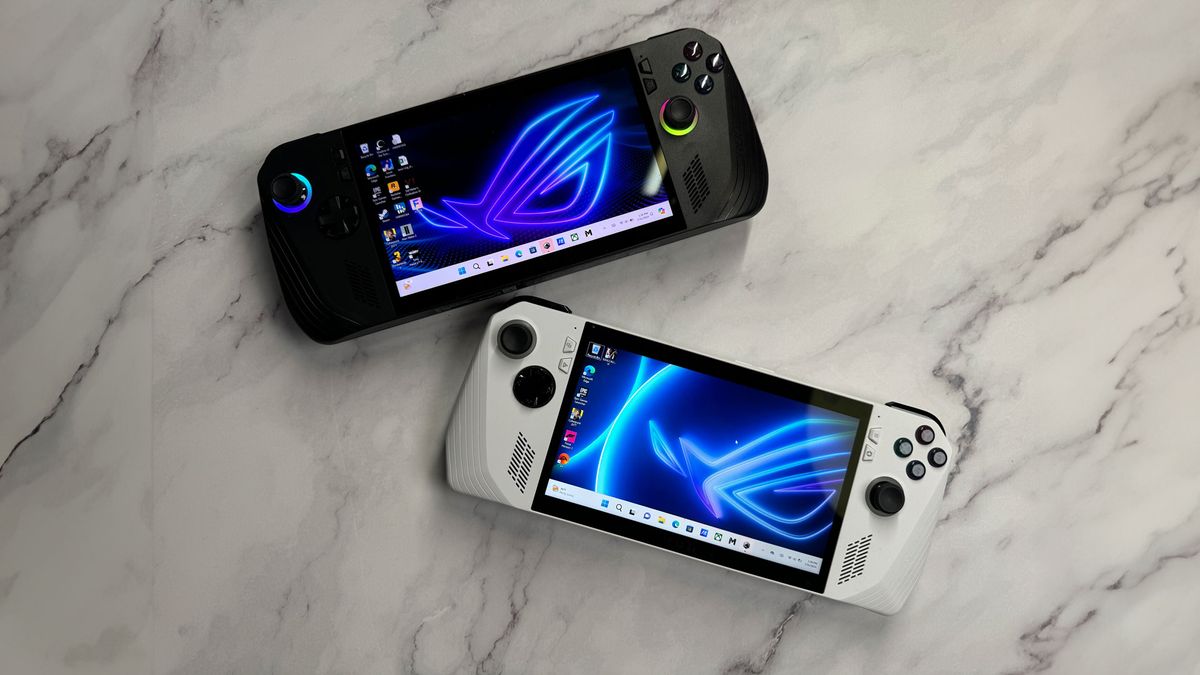
AMD plans for FSR4 to be fully AI-based — designed to improve quality and maximize power efficiency
The team in charge has already been working on this for 9–12 months.
What's particularly interesting is that FSR4 will move to being fully AI-based, and it has already been in development for nearly a year.
Jack Huynh: On the handheld side, my number one priority is battery life. If you look at the ASUS ROG Ally or the Lenovo Legion Go, it’s just that the battery life is not there. I need multiple hours. I need to play a Wukong for three hours, not 60 minutes. This is where frame generation and interpolation [come in], so this is the FSR4 that we're adding.
Because FSR2 and FSR3 were analytical based generation. It was filter based. Now, we did that because we wanted something with a very fast time to market. What I told the team was, "Guys, that's not where the future is going." So we completely pivoted the team about 9-12 months ago to go AI based.
So now we're going AI-based frame generation, frame interpolation, and the idea is increased efficiency to maximize battery life. And then we could lock the frames per second, maybe it's 30 frames per second, or 35. My number one goal right now is to maximize battery life. I think that's the biggest complaint. I read the returns too from the retailer, where people want to be able to play these games.
I'm not sure what they mean with "fully AI based". Even DLSS uses motion vectors to produce the final image. AMD saying they want devices like the ROG Ally and Legion Go to have more battery life sounds a little bit like they would be making use of an embedded NPU.. but both those devices use a Z1E whose access to its NPU is blocked. And the newly announced Z2E is also not getting access to its NPU either.
It could be that FSR4 isn't coming for another year or year and half, and that would mean it's only coming for RDNA5 APUs and GPU.


